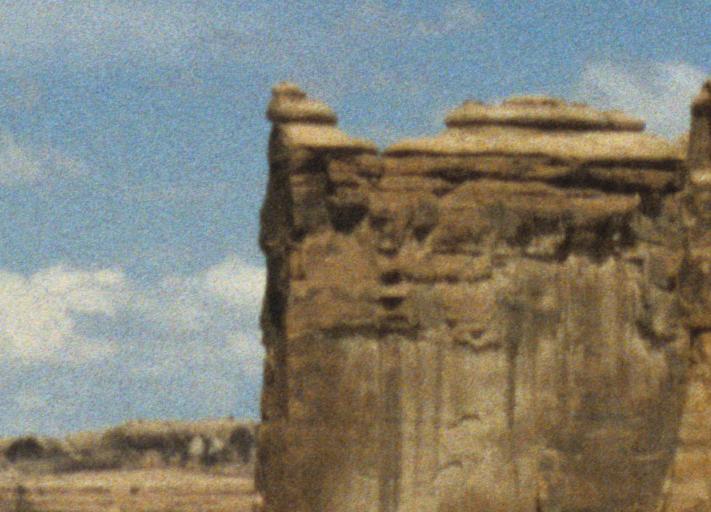I have a Canon FS2710 SCSI slide scanner – free to anybody who wants to collect it or pay for collecting it.
It is 2700 dpi, I think. The quality is great, but it doesn’t have a bulk feeder so takes for ever to do hundreds or thousands of slides. I probably have several SCSI cards to go with it, too.
The software runs under winXP (like most good old things) 
Apparently the how many MP in a 6 × 9 neg is a regular in the photography forums
http://photo.net/medium-format-photography-forum/00Zi5O
Not sure about the signal to noise ratio of the conclusions, but the negative, based on 2011 scanners is coming in at 75MP+
Still doesn’t mean a 6MP compact can’t take decent snapshots conveniently.
Yes, that’s the theory. But you need a PERFECT 6×6 slide to have any advantage of those 75 MP. In real life you will see that an average 12 MP digital image is nicer (and sharper) than a 6×6 slide – most of the time. There’s much more to a good image than the pixel count.
Sure there will never be agreement, but I think that if you scan the slide and can see the grains, then you have pretty well reached the limit 
This is a piece of a 1:1 zoomed pic, probably Kodachrome 64

A 3000dpi scan will show the grain on any of the cheap consumer type films (Ektachrome etc). Not that any of them were “cheap” by the time you got them developed and mounted, and had the odd roll or two of Bryce Canyon shots get lost in the post… The E6 process could be done at home but Kodachrome had to be sent off.
I also think slide scanning is a difficult topic. I recall from when I was looking at getting mine done commercially that all the good outfits would unmount them. No doubt that breaking open the glued mount was a big part of the high cost quoted. In a bulk feeder slide scanner this doesn’t happen and no slide is going to be perfectly flat – unless you mounted it between glass which is something I messed with early on and very quickly gave up.
As soon as I got my 1st DSLR (Pentax IST-DL – chosen for its compact size which back then was unusual for DSLRs) I sold all my film gear on Ebay – except that OM1 
I also think slide film fades over time. This is an example, from c. 1980
I am “fairly sure” the colours weren’t as crap at the time 
The Nokia 808 is certainly a long way from the iphone 4S. Interesting.
iPhone 6 is quite an improvement from 4S too.
But back to the original question, will phones be as good as DSLR? No, not until they achieve great minituarisation in sensors.
A 1/3" sensor simply cannot produce the same image as a Full Frame sensor Period. Simply because the Full Frame sensor has 55x the surface area to catch the light.
But for practical purposes: I think this milestone has already been achieved. My iPhone 6 takes better pictures than any DSLR I could have… simply because I always carry the iPhone with me…
The iPhone 6 camera is very, very good IMHO, but there’s certain things a smartphone cannot do because optical laws do not allow it. Just think about Bokeh, depth of field etc. … and also the low light capabilities of a full format camera cannot be reached by a smartphone camera
I have uploaded a few more pics at the previous link
This time they are the Samsung S6 only, and comparing the stock camera app (which is jpeg only, no user config, and from the ~5MB filesize I estimate it to be ~90% quality jpeg) with a 3rd party camera app called FV-5, which has both jpeg (of selectable quality; normally I would use 100%) and PNG (lossless) options.
The “less saturated” image uses the FV-5’s saturation control to reduce the S6’s over-saturated image, but I think it goes too far. Unfortunately the control is on too-large steps.
The striking thing is just how close the stock app’s jpeg quality is to the PNG version – here. Most likely this shows that the S6 has a very good jpeg compression algorithm. Most portable devices, including DSLR cameras, do jpeg compression badly.
Resolution aside, a small sensor will never have the depth of field that we associate with pleasing photography. That is a physical result of having a big negative or big sensor. Even if the smaller sensor has the same resolution as the bigger one, the smaller will look more crap as it doesn’t have the falloff we associate with good photography. There is no way around this except increasing the sensor size. That’s an impossibility on a small phone, as the lens system designed to cover a big sensor can’t be made that small.